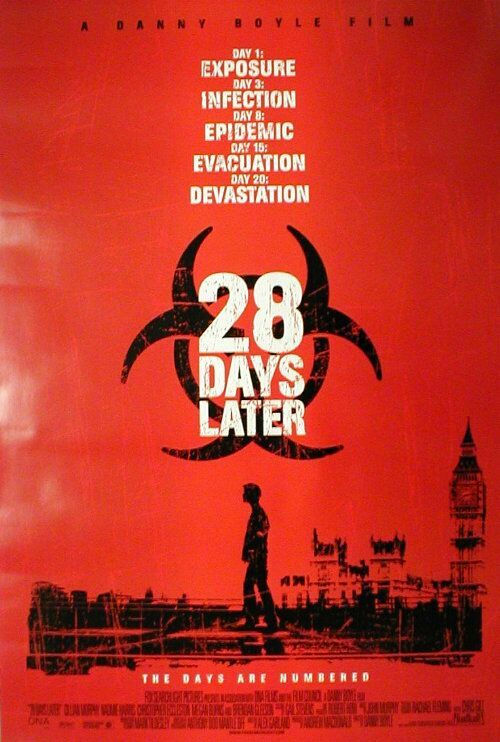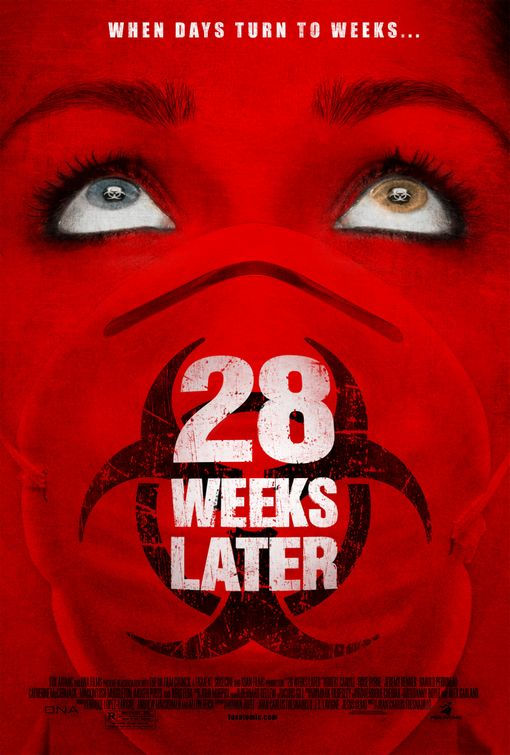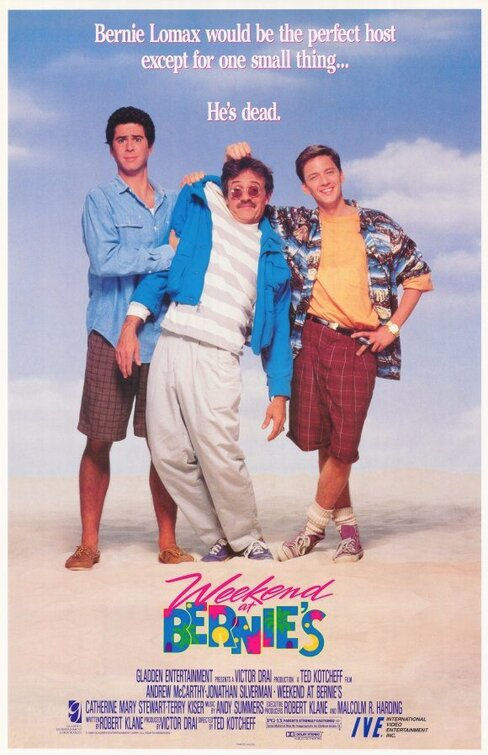A Look Back at “28 Days Later” and “28 Weeks Later”
- Matt Palmer
- Jun 26
- 5 min read

After many years, the long-awaited follow up to the “28 Days Later” series finally arrives on the big screen! A third movie has been in development for many years and I just recently checked out the new movie.
So, to get in the mood for “28 Years Later”, I decided to revisit both “28 Days Later” (released in 2003) and “28 Weeks Later” (2007).
In the 2003 movie, a group of misguided animal rights activists free a caged chimp unknowingly infected with the “Rage” virus from a medical research lab. When London bike courier Jim wakes up from a coma a month later, he finds his city all but deserted.
On the run from the zombie-like victims of the Rage, Jim stumbles upon a group of survivors, including Selena and cab driver Frank, and joins them on a perilous journey to what he hopes will be safety.
“28 Days Later” is widely regarded as a significant and influential film in the zombie-horror genre. Not only does this film have some very intense moments and great pacing, the film also gives an imaginative take on the “zombie” or “infected” film concepts.
The opening of this film is one of the most iconic and eerie opening moments of the zombie genre. During those moments, we see the main character (Jim) wander around the empty streets of London. Seeing the streets eerily empty and completely silent creates a truly powerful sense of isolation and dread.
“28 Days Later” also delivers some really intense chase/action scenes, especially once the “infected” are involved. These sequences really stand out in the zombie genre since the infected people (or zombies) move incredibly fast and are fueled by aggression, compared to the typical slow-moving zombies.
While these films aren't for everyone, “28 Days Later” is a thrilling, thought-provoking film experience. Its impact on the zombie genre and its unique style have solidified its place as a modern horror classic.
In the divisive 2007 sequel “28 Weeks Later,” six months after the original “Rage” epidemic, the virus has all but annihilated the population of the British Isles. Nevertheless, the US Army declares the danger past, and American soldiers arrive t

o restore order and begin reconstruction.
Refugees return to British soil, but one of them carries a deadly secret: The virus is not gone and is more dangerous than before.
Now, while “28 Days Later” is a thought-provoking film, this 2007 sequel does depart on the character-driven focus and primarily provides a more typical horror feel. This actually proved to be a mixed bag with the general audience and even though it’s not nearly as great as the first film, I didn’t mind the first sequel at all.
Just like the 2003 film, this sequel does deliver us another intense and strong opening. The cabin opening scene can be both shocking and, at times, a little unsettling. This opening really hooked me right in with its suspenseful, unexpected moments.
This sequel also provides some truly memorable sequences and some great chase sequences featuring the infected and the survivors/American soldiers. Even the intense opening is truly memorable as we see the lead character (Don) ultimately chose saving himself from the infected while leaving his wife and a child behind.
As I am writing this, you can currently rent “28 Day Later” on YouTube and a couple other PVOD rental platforms (this film is usually not available on streaming) and “28 Weeks Later” can be streamed on Hulu and Tubi.
For the scenes on the motorway, the production got permission to shoot on the M1 on a Sunday morning between 7.00am and 9.00am. The police gradually slowed traffic in both directions. Using 10 cameras, the filmmakers managed to capture a total of one minute of usable footage.
Athletes were cast as the Infected because of how important physicality is to them. Danny Boyle felt that since athletes can do things other people can't, they would be interesting when translated into the movements of the Infected.
The film was shot almost entirely in sequence; only pickups and a few reshoots were shot out of sequence.
Alex Garland and Danny Boyle did a great deal of research into social unrest, drawing ideas from things that had happened in Rwanda and Sierra Leone (such as the piling of bodies inside churches), but drew the line at using any actual footage from such incidents in the opening montage. All footage featuring dead bodies/desecration of bodies was faked.
Horror novelist Stephen King bought out an entire showing of the film in New York City.
The 'design' for the symptoms of Rage was based on Ebola, which is communicable in all primates (including humans), and is transmitted through the blood. Ebola is a hemorrhagic fever which leads to a rash, red eyes and both internal and external bleeding. Indeed, in 28 Days Later: The Aftermath (a graphic novel set between 28 Days Later and 28 Weeks Later (2007), it is explained that the Ebola virus was being used by the scientists as a carrier for the inhibitor which mutated into Rage.
One of the first mainstream films to be shot entirely digitally.
It is stated on the DVD extras that all the actors who are playing infected people come from a "movement background": they have a history in dance, gymnastics, circus or mime. They also followed workshops to learn more about the infection and what they were supposed to do.
When Danny Boyle, Alex Garland and Andrew Macdonald first began to consider a sequel to 28 Days Later (2002), their initial idea was to do 29 Days Later, possibly using the characters of Jim (Cillian Murphy), Selena (Naomie Harris) and Hannah (Megan Burns) from the first film. This idea was dropped in favor of doing a film set within the time-frame of 28 Weeks Later..., focusing on a SAS team sent into London to retrieve either the Prime Minister or the Queen. Finally, it was suggested to set the film some time after the events of the initial film, and to deal with the impact Rage has had on society in general.
The boy who arrives at the cottage at the beginning of the film claims to be from Sandford. 'Sandford' is the name of a 'fake' village used by the British police to train recruits and practice emergency preparedness drills, the street plan of which is based on that of Dundee, Scotland. Sandford is also the fictitious locale for the action comedy Hot Fuzz (2007). This may be an in-joke to the fact that the team behind Hot Fuzz had previously made Shaun of the Dead (2004), a zombie comedy that poked fun at 28 Days Later (2002) by dismissing "rage infected monkeys" as the source of its own zombie plague. By mentioning Sandford, the makers of 28 Days/Weeks Later now seem to be returning the favor.
Danny Boyle couldn't direct the sequel because of his commitments to Sunshine (2007). Cillian Murphy and Naomie Harris couldn't come back for the sequel either because of other commitments.







Comments